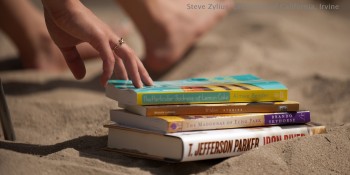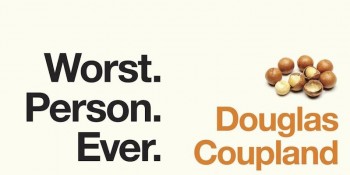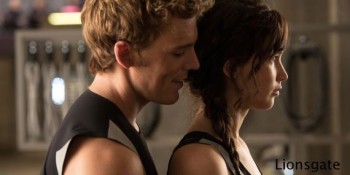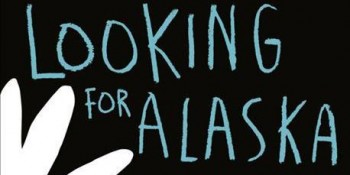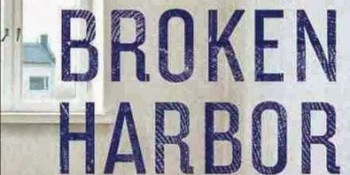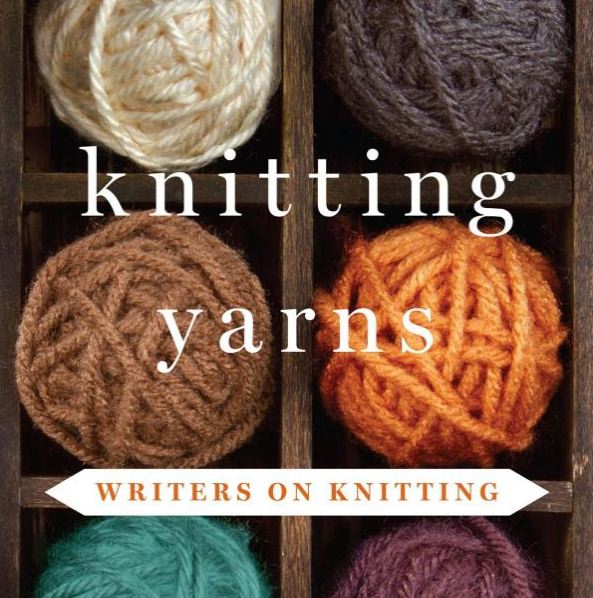Ahab’s Wife: or, The Star-Gazer by Sena Jeter Naslund
This novel imagines the story of the wife of Captain Ahab (yes, that Captain Ahab). Naslund’s tale weaves literary characters (Ahab and the crew of the Pequod) with actual historical figures (Margaret Fuller and Maria Mitchell, as well as Emerson, Hawthorne, and the Alcotts). The story follows the physical and spiritual journey of Una from her home in backwoods Kentucky to the shores of Nantucket, Massachusetts. Una’s keen mind and reflections on the nature of self, others, the natural world, and beyond make for an inspiring and satisfying read.
I love this book so much because a) it is a delightful tale of adventure, b) it shows how even a small and relatively unremarkable hobbit can make a huge difference in the lives of others, c) Middle-earth is a fascinating place, d) Bard and his black arrow are way cool, and e) it brings back fond memories of my aunt reading this to my cousin and me. A fantasy tale with lessons about first impressions, facing one’s fears, loyalty, friendship, tough decisions, and good and bad, The Hobbit is a book that is worth a read and then some.
The Poisonwood Bible by Barbara Kingsolver
In 1959, Evangelical Baptist preacher Nathan Price embarks on a mission from Georgia to the Congo with his family. The story is told from the perspectives of his wife, Orleanna, and his four daughters, Ruth May, Rachel, Leah, and Adah. Combined, their voices weave a tapestry of experiences, sometimes uplifting and sometimes tragic. Kingsolver deftly explores the topics of culture, religion, individuality, family dynamics, and a search for truth and meaning against the backdrop of political unrest in an unfamiliar land.
All the Pretty Horses by Cormac McCarthy
I have my friend and fellow Curiata.com contributor John Butz to thank for introducing me to this book and the works of Cormac McCarthy. In general, I read books fast, eager to see how the story unfolds. This is impossible to do with All the Pretty Horses (and McCarthy’s other books as well). Despite McCarthy’s spare use of punctuation (no quotation marks signifying conversations, for example) and long sentences, his skillful use of language makes you want to slow down and savor every beautiful word. The story follows John Grady Cole, a 16-year-old Texas cowboy with a natural affinity for horses, and the loss of everything dear to him (his grandfather, the family ranch, his parents, his love, his horses, the Age of the Cowboy). While this may sound depressing (and don’t get me wrong, it mostly is depressing), there is room for hope here for “the world to come.” Even though McCarthy’s work would never be considered light reading, gems like this make it well worth the time:
The fire had burned to coals and he lay looking up at the stars in their places and the hot belt of matter that ran the chord of the dark vault overhead and he put his hands on the ground at either side of him and pressed them against the earth and in that coldly burning canopy of black he slowly turned dead center to the world, all of it taut and trembling and moving enormous and alive under his hands.
In recommending this book, I really am recommending the entire “Outlander” series of which the eighth book, Written In My Own Heart’s Blood, was just released June 10. Since one generally begins a series at the beginning, though, let’s start there. It is hard to categorize this book; it is at once historical fiction, science fiction, mystery, romance, and adventure. Bear with me, because the premise sounds questionable, but the story really is amazing. Claire, a combat nurse, reunites with her soldier-husband, Frank, in Inverness, Scotland, in 1945. One afternoon, while looking for medicinal herbs, Claire comes upon a group of standing stones. She touches one of the ancient boulders and is unwittingly transported back in time to 1743. What follows is an adventure involving a sadistic British officer, a young Scottish warrior, political intrigue, clan warfare, witchcraft, and a woman forced to declare her own loyalties. If you undertake “Outlander,” do me one favor: please, please, please stay with it for the first few chapters. The beginning seems a bit uneventful, but after page 50, the action never stops.
